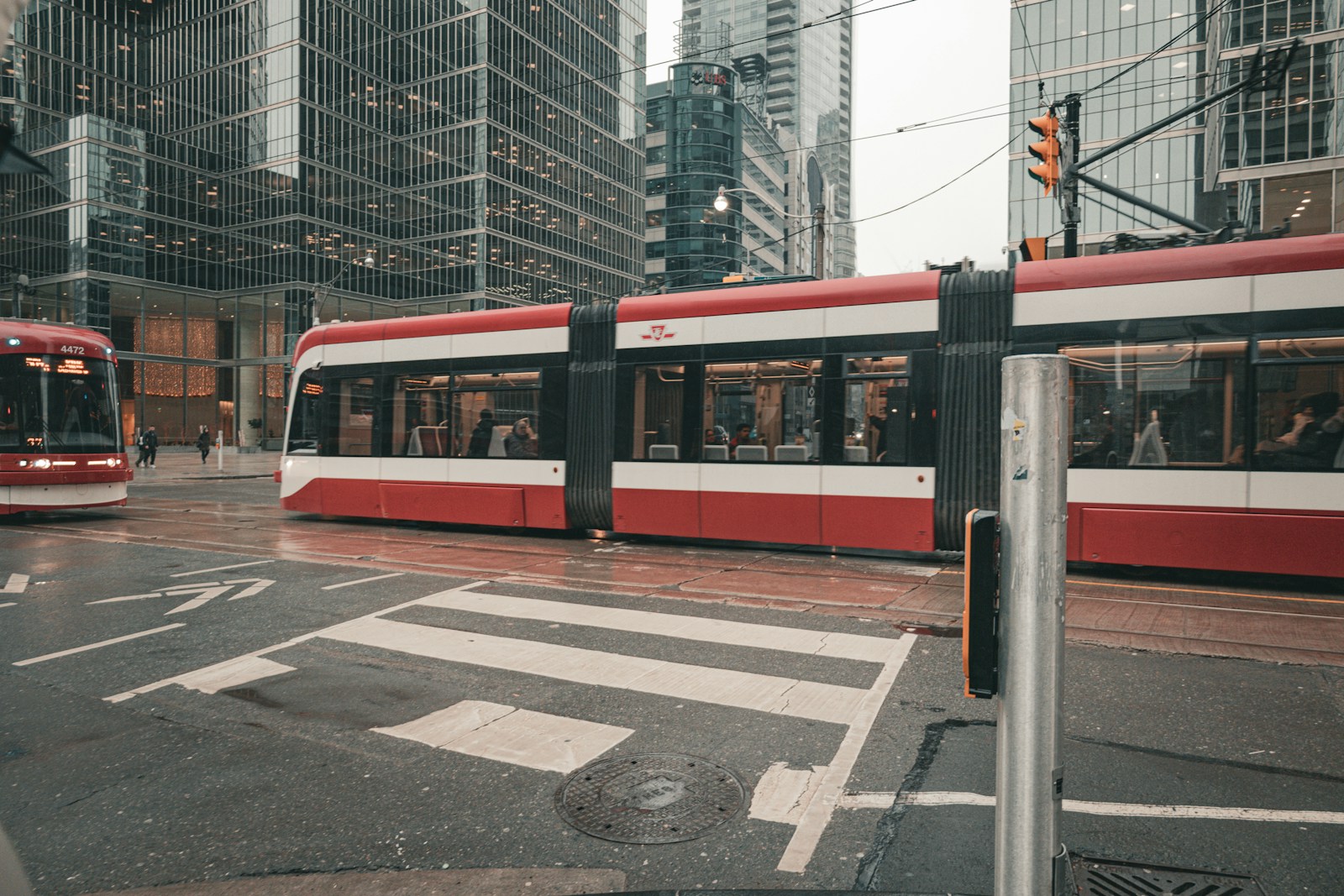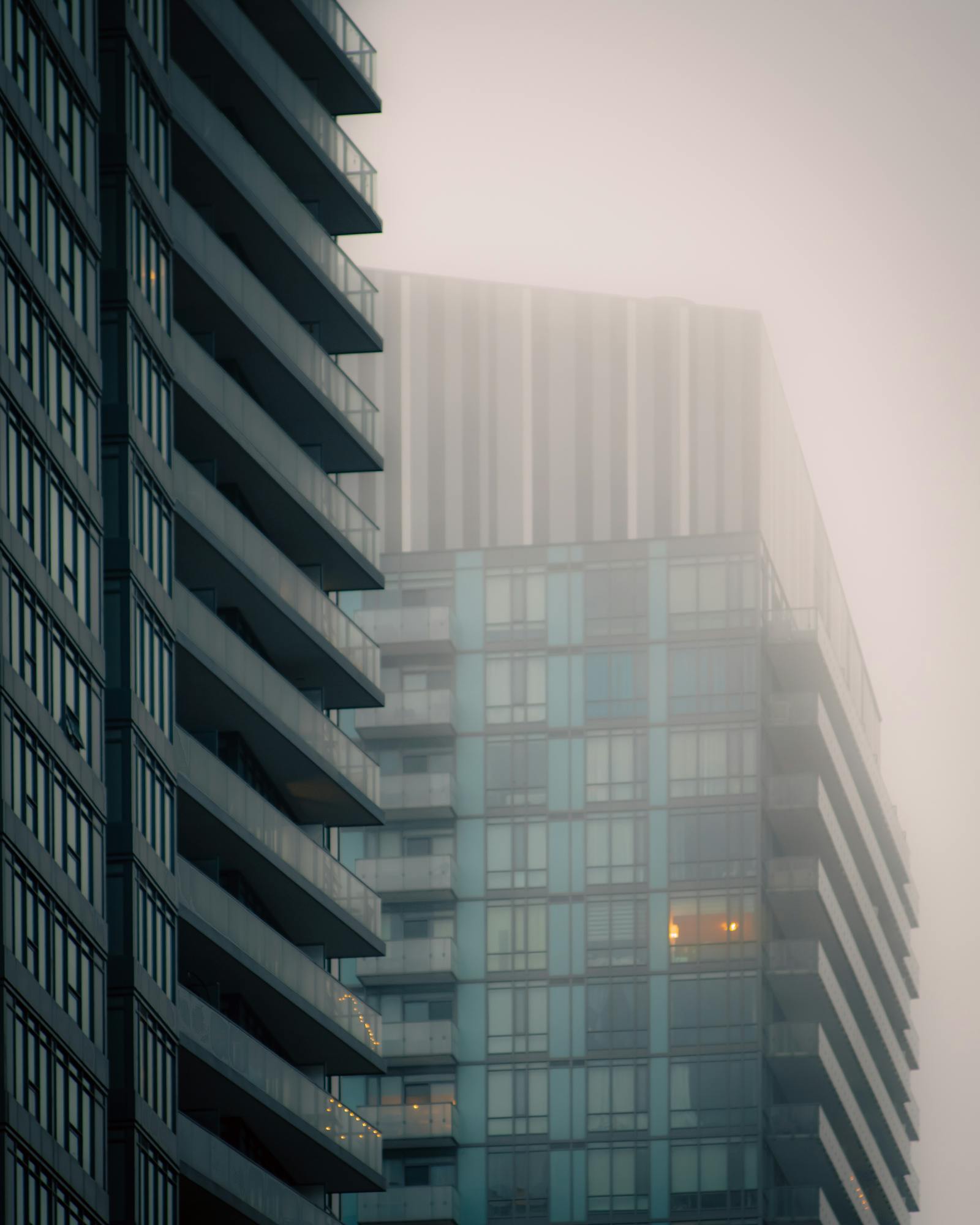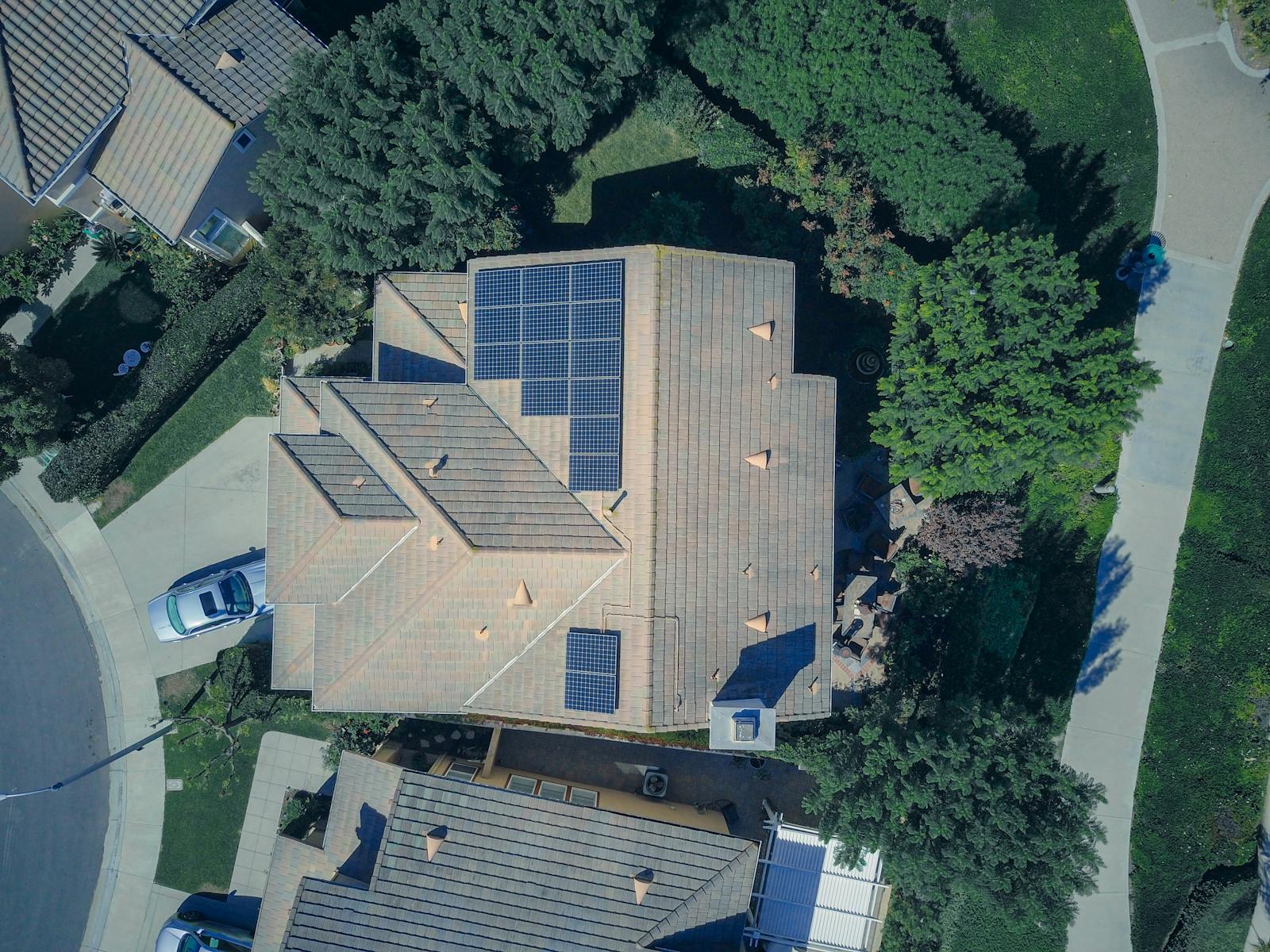Finding the perfect place to live while studying in Toronto can make or break your university experience. From budget-friendly options near major campuses to vibrant communities with excellent transit connections, Toronto offers diverse neighbourhoods that cater to every student's needs and budget.
Why Choosing the Right Neighbourhood Matters for Students
Toronto's sprawling urban landscape can be overwhelming for newcomers. The right neighbourhood doesn't just provide a roof over your head—it becomes your home base for academic success, social connections, and personal growth. Factors like proximity to campus, public transit access, cost of living, and community amenities all play crucial roles in your daily student life.
Top 7 Best Toronto Neighbourhoods for UofT Students
1. Bloor-Yorkville - Upscale Living with Premium Amenities
Why students love it: This sophisticated neighbourhood offers luxury living for graduate students and those with higher budgets, providing access to Toronto's most prestigious shopping and dining district.
Key highlights:
High-end shopping at Yorkville Village and Mink Mile
Excellent restaurants and cultural venues
Multiple subway stations (Bay, Bloor-Yonge, Rosedale)
Walking distance to U of T's main campus
Professional atmosphere ideal for networking
Average rent: $1,200-1,800/month for shared accommodations
View Current Bloor-Yorkville Listings →
Best for: Graduate students, MBA students, those with higher budgets seeking luxury living
2. Church-Yonge Corridor - Urban Energy and Convenience
Why students love it: This vibrant downtown corridor offers the ultimate urban student experience with unparalleled transit access and a dynamic nightlife scene.
Key highlights:
Multiple subway lines (Yonge-University, Bloor-Danforth lines)
Heart of Toronto's entertainment district
24/7 convenience and services
Walking distance to Ryerson/TMU
Diverse dining and shopping options
LGBTQ+ friendly community (Church Street Village)
Average rent: $1,000-1,500/month for shared condos
View Current Church-Yonge Corridor Listings →
Best for: TMU students, those who love urban nightlife, students seeking maximum convenience
3. The Annex - Perfect for University of Toronto Students
Why students love it: The Annex sits directly adjacent to the University of Toronto's St. George campus, making it the ultimate location for U of T students. This historic neighbourhood combines academic convenience with vibrant street life.
Key highlights:
Walking distance to U of T's main campus
Bloor Street shopping and dining corridor
Excellent TTC subway access (Bathurst, Christie, and Dupont stations)
Mix of heritage homes converted to student housing
Average rent: $800-1,200/month for shared accommodations
Best for: University of Toronto students, graduate students, those who prefer walking to campus
4. Kensington Market - Bohemian Charm Meets Affordability
Why students love it: This eclectic neighbourhood offers some of Toronto's most affordable living options while maintaining a unique cultural identity that attracts creative and internationally-minded students.
Key highlights:
Diverse, affordable dining options
Vintage shops and unique boutiques
Close to both U of T and OCAD University
Strong sense of community
Average rent: $700-1,000/month for shared housing
Best for: Art students, international students, budget-conscious students seeking character
View Current Property Listings Near Kensington Market→
5. Chinatown - Budget-Friendly with Authentic Culture
Why students love it: Adjacent to the University of Toronto and offering some of the city's most affordable housing and dining options, Chinatown provides excellent value for money.
Key highlights:
Extremely affordable restaurants and groceries
Walking distance to U of T
Authentic cultural experience
Good public transit connections
Average rent: $650-950/month for shared accommodations
Best for: Students on tight budgets, those interested in Asian culture, U of T students
View Current Property Listings Near Chinatown→
6. Alexander Park - Hidden Gem for Budget-Conscious Students
Why students love it: This emerging neighbourhood offers excellent value for money with a growing student population, particularly popular among those seeking affordable housing with easy access to both downtown and midtown campuses.
Key highlights:
Affordable rent with character buildings
Growing arts and culture scene
Good TTC bus connections to subway lines
Close to both U of T and TMU campuses
Diverse, multicultural community
Proximity to restaurants and cafes on Bathurst Street
Average rent: $700-1,000/month for shared accommodations
View Current Alexander Park Listings →
Best for: Budget-conscious students, those seeking diverse communities, students who don't mind bus commutes
7. Ryerson/Toronto Metropolitan University Area (Downtown Core)
Why students love it: Living in the heart of downtown Toronto puts students at the center of the city's business, entertainment, and cultural districts while being steps away from TMU.
Key highlights:
Walking distance to Toronto Metropolitan University
Major subway lines intersection (Bloor-Yonge, Union Station nearby)
Internship and job opportunities
Urban lifestyle with all amenities
Average rent: $1,000-1,500/month for shared condos
Best for: Toronto Metropolitan University students, University of Toronto students, business students, those seeking urban lifestyle
View Current Property Listings Near TMU →
Essential Factors to Consider When Choosing Your Neighbourhood
Transportation and Commute Times
Toronto's public transit system (TTC) is generally reliable, but commute times can vary significantly between neighbourhoods. Consider:
Proximity to subway lines vs. bus routes
Monthly TTC pass costs ($156 for students)
Walk/bike-ability to campus
Winter weather impact on commuting
Cost of Living Beyond Rent
While rent is the biggest expense, consider these additional costs:
Groceries (vary significantly by neighbourhood)
Utilities (often not included in student housing)
Internet and phone services
Entertainment and dining out
Transportation costs
Safety and Community
Research crime statistics and talk to current residents about:
Well-lit streets and safe walking routes
24/7 businesses and activity levels
Community resources and support
Campus security presence
Academic and Social Opportunities
Different neighbourhoods offer varying levels of:
Study spaces (libraries, cafes)
Student community presence
Networking opportunities
Cultural and recreational activities
Money-Saving Tips for Students
Shared Housing Strategies
Room-share with 2-3 other students to split costs
Look for inclusive rent (utilities included)
Consider basement apartments for lower costs
Check university housing boards for verified listings
Neighbourhood-Specific Savings
Shop at local markets in ethnic neighbourhoods
Take advantage of student discounts at local businesses
Use neighbourhood Facebook groups for deals and services
Consider neighbourhoods with free community events
Transportation Guide for Students
TTC Monthly Pass Benefits
Students save significantly with monthly passes versus individual fares. The $156 monthly student pass pays for itself after about 50 trips.
Bike-Friendly Neighbourhoods
Toronto's bike lane network continues expanding. Consider cycling costs:
One-time bike purchase: $200-500
Annual maintenance: $100-200
No monthly transit costs
Excellent exercise and eco-friendly option
Walking-Friendly Options
Neighbourhoods within walking distance of campus eliminate transportation costs entirely, though rent may be higher. Calculate the trade-off between higher rent and transportation savings.
Best Resources for Finding Student Housing
University Resources
Official university housing services
Student union housing boards
Campus Facebook groups and forums
International student services
Hire an Agent
Real estate agents specializing in student rentals
No cost to renters (landlords pay agent fees)
Access to exclusive listings not posted online
Professional guidance through lease negotiations
Particularly helpful for international students unfamiliar with Toronto's rental market
Local Community Resources
Neighbourhood Facebook groups
Local community centers
Word-of-mouth through current students
Coffee shop and campus bulletin boards
Seasonal Considerations for Housing Searches
Best Times to Search
April-June: Peak selection for September move-ins
December-January: Some deals as students graduate mid-year
August: Last-minute options, potentially higher prices
Lease Timing
Most student housing follows academic calendars:
12 month leases starting in September
Some summer sublet opportunities
Consider year-round vs. academic year leases
Making Your Final Decision
Create a Comparison Chart
Rate each neighbourhood on:
Commute time to campus (1-10)
Total monthly costs (actual dollars)
Safety rating (1-10)
Social opportunities (1-10)
Personal preferences (1-10)
Visit Before Committing
Take the commute during rush hour
Walk around the neighbourhood at different times
Talk to current residents and students
Check local amenities and services
Consider Your Study Style
Need quiet spaces? Consider residential areas
Thrive on energy? Choose vibrant, central locations
Value community? Look for neighbourhoods with student populations
Finding Your Perfect Toronto Student Neighbourhood
Toronto's diverse neighbourhoods offer something for every student, from budget-conscious options to trendy downtown living near University of Toronto. The key is matching your priorities—whether that's proximity to campus, budget constraints, social opportunities, or community feel—with the right neighbourhood characteristics.
Start your search early, be prepared with necessary documentation, and don't hesitate to ask current students about their experiences. With proper planning and research, you'll find a Toronto neighbourhood that enhances your academic journey and creates lasting memories.

About Anne
Ready to start your housing search? Begin by visiting your university's housing resources or connecting with a Toronto real estate agent.
As a licensed real estate professional specializing in Toronto student rental, I've helped hundreds of students find their perfect home across all of Toronto's best neighbourhoods. From budget-friendly options in Scarborough to luxury living in Bloor-Yorkville, I provide free guidance to help you navigate Toronto's rental market with confidence. My services include exclusive access to student-friendly properties, lease negotiation, and personalized neighbourhood recommendations based on your university, budget, and lifestyle preferences. Contact me today for a free consultation and let me help you find your ideal student home in Toronto. Get personalized housing recommendations →

































